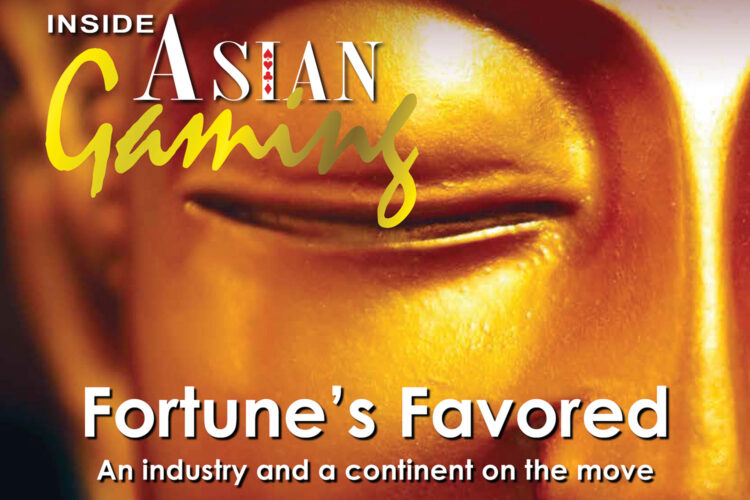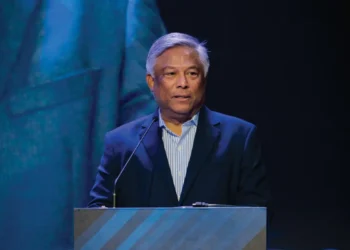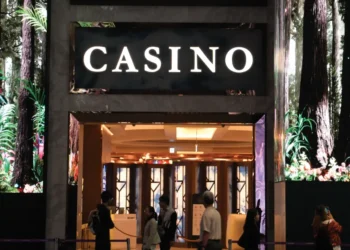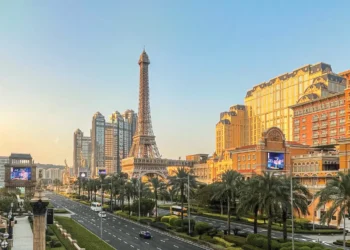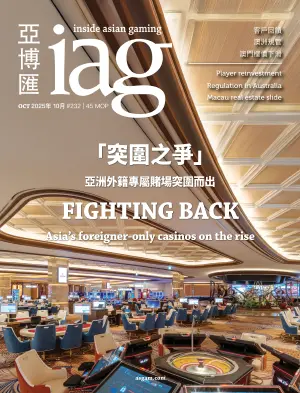In this regular feature in IAG to celebrate 18 years covering the Asian gaming and leisure industry, we look back at our cover story from exactly 10 years ago, “A continent on the move”, to rediscover what was making the news in May 2013!
The year was 2013, and while Macau had long since surpassed Las Vegas, Nevada as the richest gaming jurisdiction in the world, the Asian IR industry was still young. Yet good judges could see what was coming.
In the cover story of IAG’s April 2013 edition, titled “A continent on the move”, we delved into the details behind a study by Global Betting & Gaming Consultants showing that the 10 largest gaming companies by revenue had a direct involvement in Asia, either as an operator or investor. That growth was naturally led by Macau but also the rise of new gaming jurisdictions across the region such as Singapore, the Philippines and Vietnam.
 PricewaterhouseCoopers stated at the time that it expected Asia to surpass the US as the world’s leader for revenue growth in 2013, and by 2015 to generate 43% of the global market with revenues of US$79.3 billion.
PricewaterhouseCoopers stated at the time that it expected Asia to surpass the US as the world’s leader for revenue growth in 2013, and by 2015 to generate 43% of the global market with revenues of US$79.3 billion.
“This trend reflects the fact that demand in Asian countries currently far outstrips supply and that, for the next few years at least, operators and countries that offer further high-quality capacity in the region can be fairly certain that they will soon see it absorbed,” PwC said at the time.
This has certainly proven to be the case in places like the Philippines, where the addition of new, high-quality supply has seen industry revenues surge. Once a relatively small regional player, the Philippines is quickly emerging as the second largest gaming jurisdiction in Asia, with GGR tipped to reach US$10 billion by 2027.
While IAG accurately tipped the rise of the Philippines, Singapore, Cambodia (via NagaWorld) and to some extent South Korea in our 2013 cover story, we also pointed to a handful of jurisdictions that could truly drive Asian gaming revenues forward but whose short-term ambitions remained cloudy.
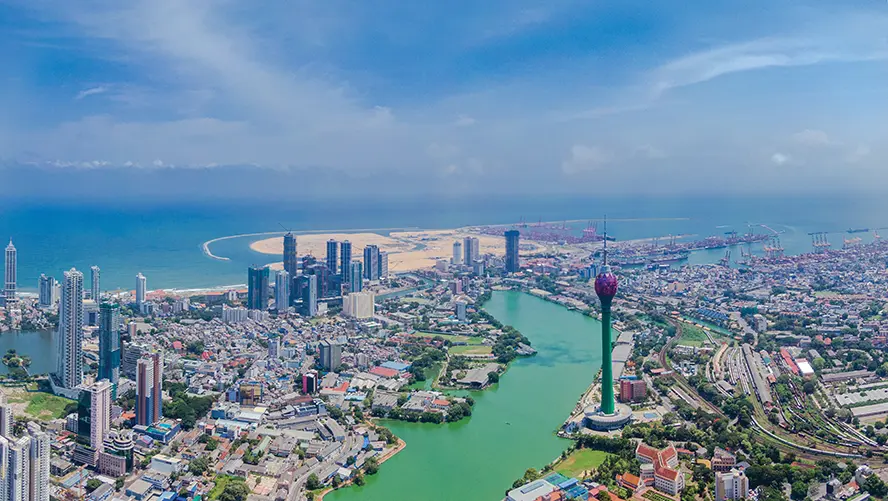
On Japan we wrote, “Given Japan’s sizable urban population and high propensity to gamble, the viability of casinos in the world’s third-largest economy has never been in doubt, and global names of the likes of Las Vegas Sands and Genting have expressed interest in investing a lot of money. Investment brokers CLSA Asia-Pacific Markets estimate that one resort-scale casino in Tokyo and one in Osaka or another major city could be worth at least US$10 billion a year, easily surpassing the US$5.9 billion Singapore’s two resort casinos generated in 2012 and the $6.2 billion booked on the Las Vegas Strip last year.”
As we now know, only Osaka and Nagasaki are in the running to develop an integrated resort, and only Osaka’s IR, recently given the green light to proceed, has the scale to compete regionally.
On Sri Lanka we wrote, “James Packer has acquired land in the Sri Lankan capital of Colombo for what is reported to be a US$350 million casino, and the island suddenly is on the industry’s radar.
“It’s an interesting time for Sri Lanka, which is actively seeking developers to take its tourism industry to the next level and in the process grow the larger economy. The casino market today consists of nine or so small venues serving the tourist trade in and around the capital, but the government is making tax breaks available and other benefits to attract investment on a resort scale, investment like Packer’s, and some of gaming’s other big names have been taking a look.”
A decade on, Packer’s Sri Lankan dream is no more, and although IR development remains a political discussion point, few steps forward have been taken.
Finally, on Taiwan we explored efforts by former Las Vegas Sands executive William Weidner to develop a large-scale integrated resort project in Taiwan’s Matsu islands, which was to include clusters of high-rise hotels, attract up to 7 million visitors per year and provide 70,000 direct jobs.
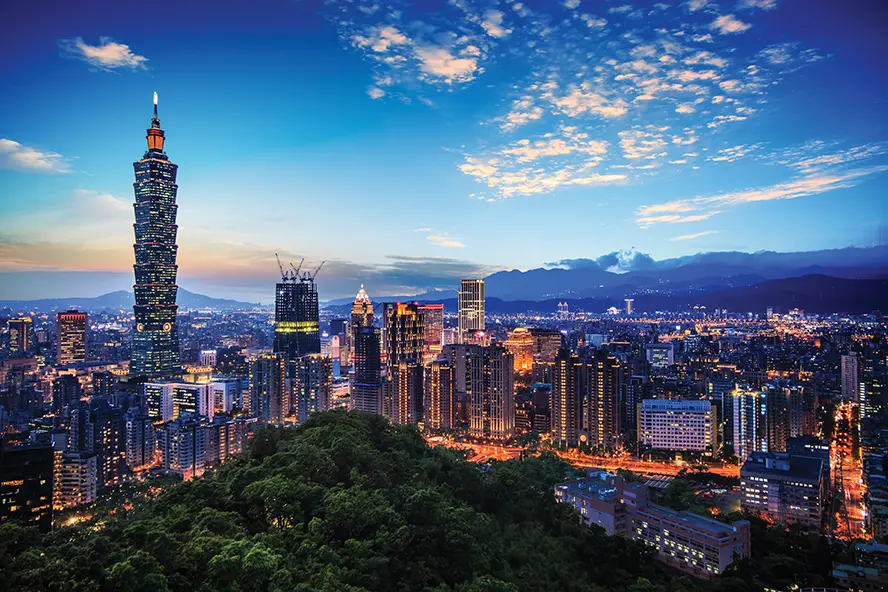
Taiwan’s then Minister of Transportation and Communications, Yeh Kuang Shih, even had his department draft a preliminary regulatory framework for gaming on Matsu – where residents had recently voted in favor of casinos – for consideration by the Legislative Yuan.
“The legislation would impose an effective 14% tax on gaming revenue which includes a 7% ‘franchise fee’ for the first 15 years of operation, increasing to 8% through year 25 and 9% thereafter, and a local government tax capped at 7%,” we wrote.
“The minimum age for entering a casino would be set at 20, and a number of Singapore-style safeguards are proposed, such as banning recipients of government allowances and individuals who have been declared bankrupt or have bad credit records. The bill would also allow family members, close relatives or partners to request exclusion orders on relatives.”
Once again however, this dream failed to become reality as Taiwan has continued to grapple with the pros and cons of casino gaming. In reality, the dream appears further away now than ever before – what a difference a decade makes.






